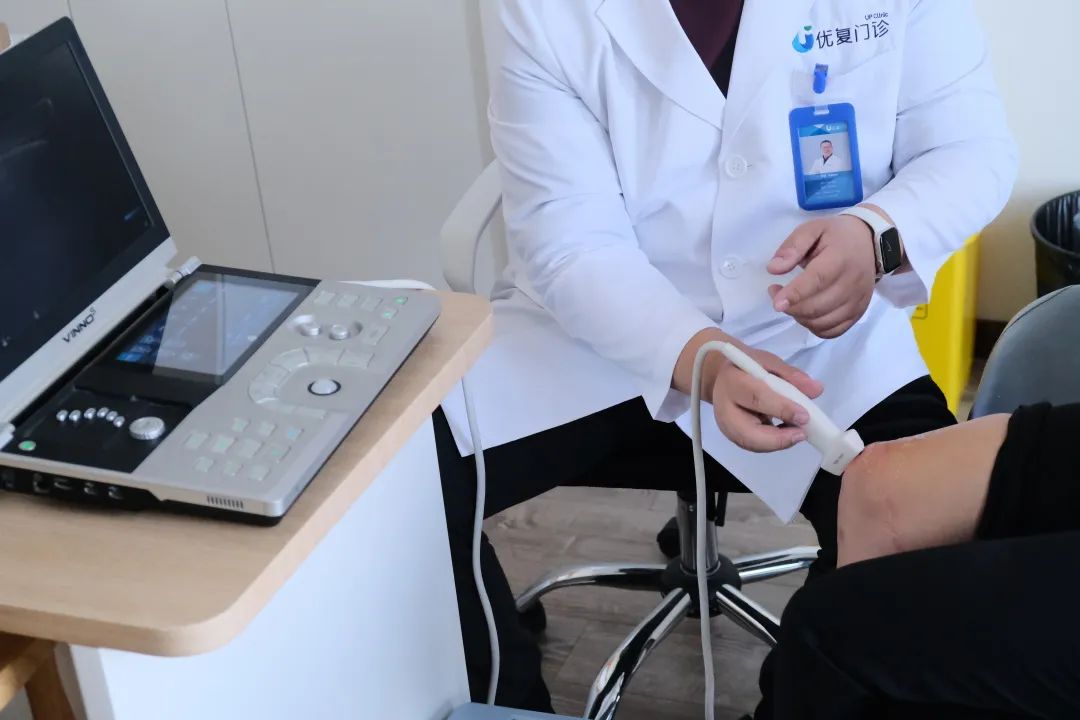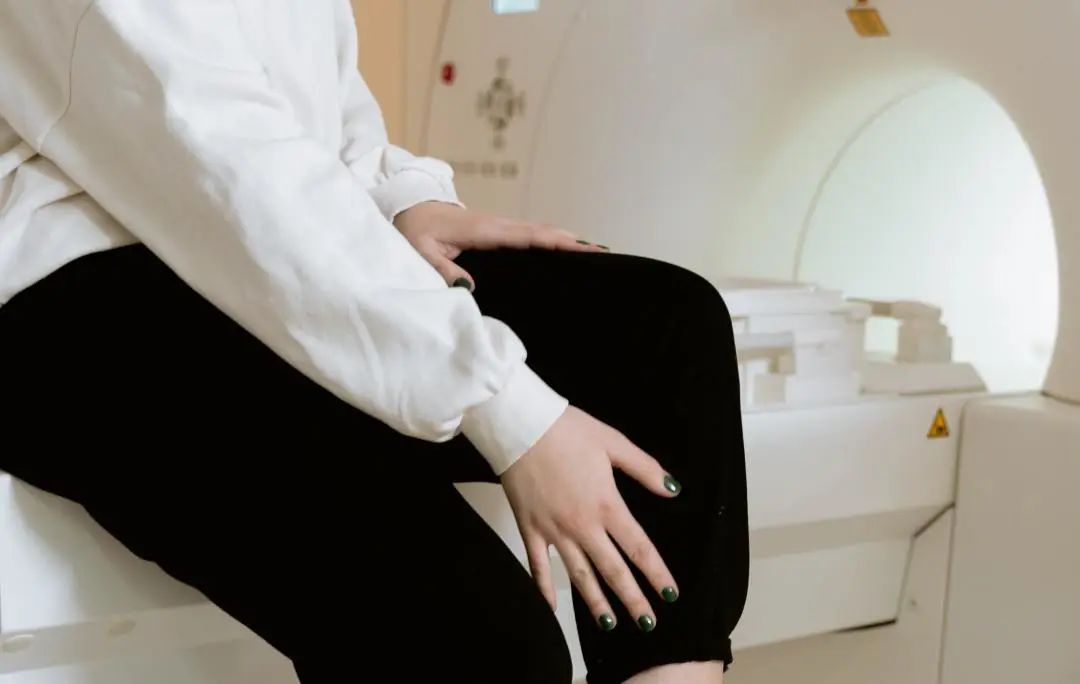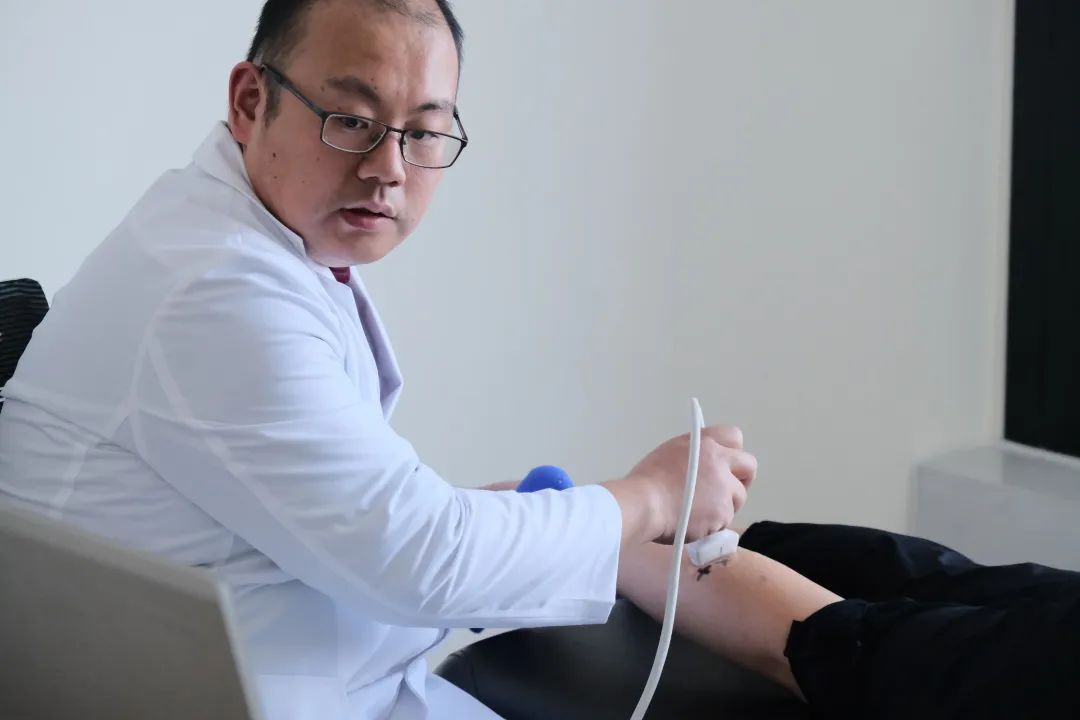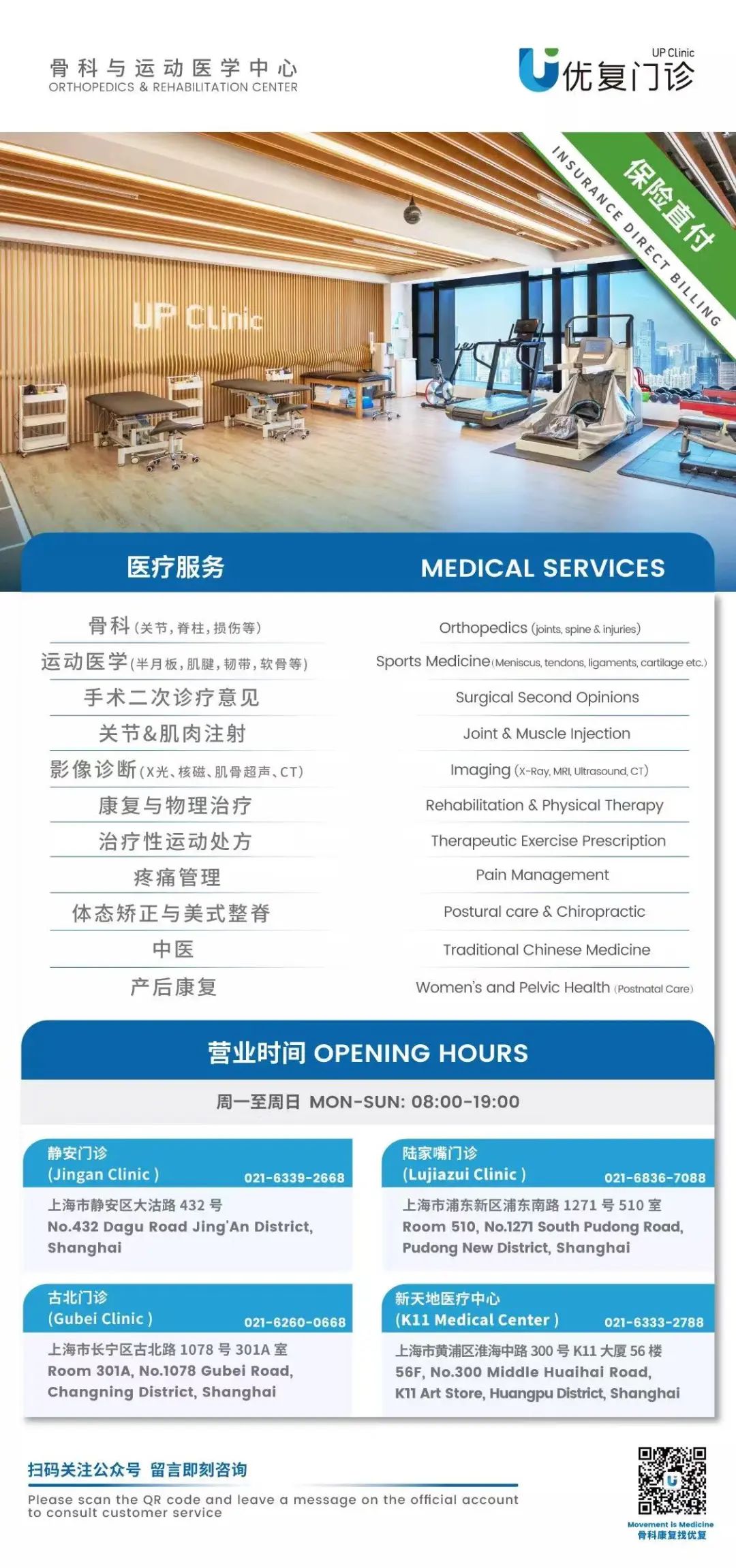MSK Ultrasound vs. MRI: What’s the difference?



When we are suffering from internal pain and injury, many times our initial thought is to go get an MRI to see what’s going on underneath the surface. And while MRIs are effective and incredibly valuable tools, they can also be expensive and make some feel uncomfortable. We speak with Dr. Sun to learn the benefits of both tools and how and when we should choose which one to use.
Author | Lauren
Photographer | 牛涛
What is the difference between an MRI and an MSK Ultrasound (musculoskeletal ultrasound)?
An MRI uses high-powered magnets and computer generated radio waves to create high resolution, 3-D images that can detect changes in tissue. It can be used to diagnose or learn more about conditions that affect these areas such as tumors, like cancer, as well as soft tissue injuries, joint injuries or disease.

An MSK Ultrasound use high-frequency waves to see inside the body and can provide detailed internal images. An ultrasound is best used for discovering and diagnosing muscle micro-tears and chronic conditions; utilizing a probe covered in gel, it can show individual fibers of the muscle and injury changes.

What is the process and time commitment of each?
For an MSK ultrasound, gel will be placed on the probe, called a transducer, which will be moved around the potentially injured part of the body. The gel helps to see sound waves travel through the skin. The process will typically take about 20-30 minutes and you can see the imaging in real-time. This makes it easy for the doctor to highlight problem areas or for you to ask questions.

An MRI, which stands for magnetic resonance imagining, uses powerful magnetic fields and radio waves to capture images of the body. Unlike an ultrasound it can take full images of the body at once, which are used to view smaller sections of the body. An MRI can take anywhere from 15-90 minutes depending on patient’s injury and follow-up.

What are the benefits to doing an ultrasound over an MRI?
MSK Ultrasounds can be a very quick and more cost-effective approach to discovering the underlying issue. With an MRI you have to lie completely still in an open scan or a tube-like chamber (closed bore) – the latter of the two might induce claustrophobia for those who are uncomfortable in narrow spaces. But with an ultrasound you will sit or lie on a table, or stand, and can see the movement of the muscle, joint, soft tissue, while the probe passes over the ‘pain point’. This allows you to see what is happening internally when you move – and what kinds of movement might be inflicting pain.

Both can be used to detect large muscle injuries and tears. MSK Ultrasounds can pinpoint the injured area and determine if the injury is connected to another structure – it can show what happens to the affected area during movement, which is not possible with other stagnant imaging scans. And it also allows you to speak with your doctor – learning and seeking to better understand about the problem area during the consultation as opposed to scheduling another visit after you receive the images.
And when should one go get an MRI?
When a larger, more complicated injury is suspected you might be referred to get an MRI. Even if you first do use an MSK ultrasound, there is a chance that based on the type of injury or pain, you might need to get a follow-up MRI. For deep areas of the body, to check damage to cartilage or bone and to see the structure inside a joint, an MRI is needed.

How can you best determine which one is more beneficial for you?
Many patients experience muscular pain but aren’t sure if it’s serious enough to get an MRI. The MSK ultrasound can be an ideal first step to assess muscle and tendon health and potentially avoid unnecessary imaging.

If you are already working with a doctor, they can give you a recommendation based on your type of injury – but it also never hurts to ask if both would be sufficient, and then make the decision based on your time and resources available. If you are unsure or not currently working with an orthopedic specialist, it’s best to schedule an in-person initial consultation so that you can understand the next best step to take.
Tips
UP Clinic offers MSK ultrasound, which means you can book an appointment to check for any injuries, as well as book any follow-up sessions with someone who knows your medical history. The more knowledge your doctor has about you, the better.


本篇文章来源于微信公众号: 上海优复门诊部

